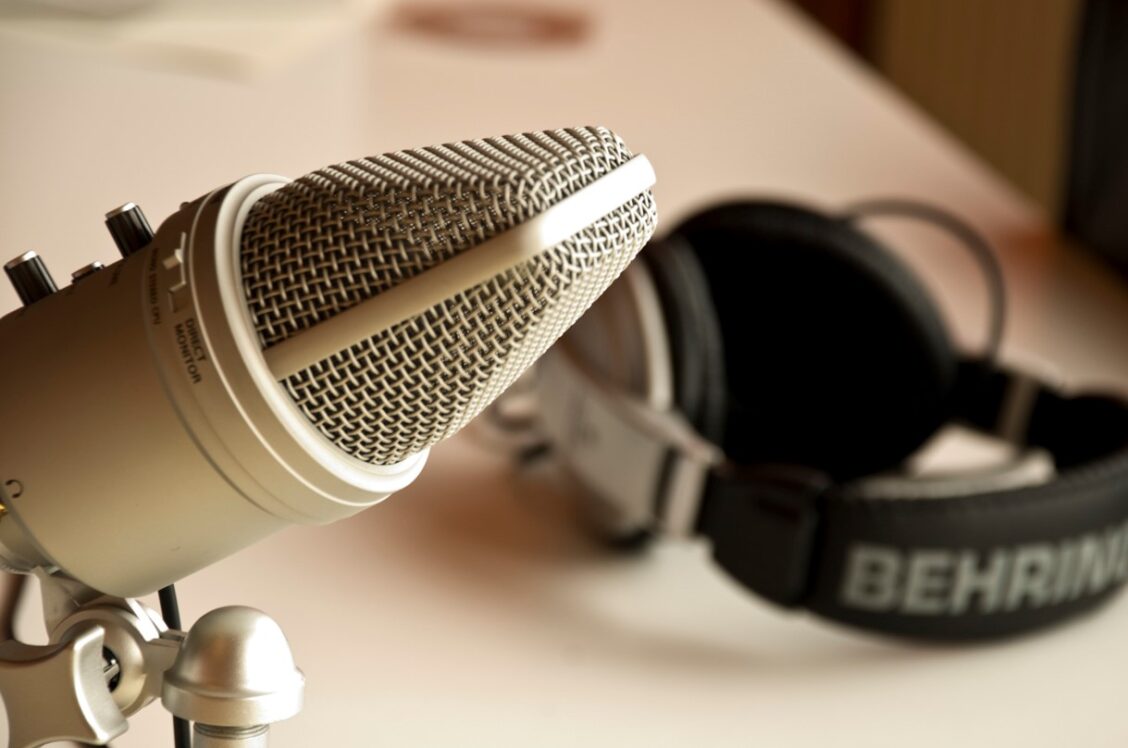The Podcast Ad Playbook: Baked-In Versus Dynamic Insertion Ads Explained

All of these changes have played material roles in the contribution to the segment’s growth and rising popularity among consumers, publishers, hosts and advertisers. At its core, though, podcasting’s recent meteoric rise can likely be traced back to a truth behind all advertising: Success is in the eye of the beholder.
To illustrate this point, our company, a buyer of both baked-in and dynamically inserted ads in podcast media, examined the 2017 performance trends of two ad delivery mechanisms: baked-in ads (live endorsed) versus dynamically inserted ads (pre-recorded).
First, let’s define these two ad types. Per IAB’s Podcast Playbook, “Baked-in features an advertising message that is a part of the podcast content and therefore lives within the content for its lifetime. This message is often ‘host-read,’ a unique opportunity that leverages the host personality for brand endorsement.”
“[A dynamically inserted ad] is served through an ad server and is inserted upon receipt of a podcast file request.”
Advantages And Disadvantages
Each ad type has its own advantages and disadvantages depending on the lens you view campaign success through. At a macro-level, baked-in ads have helped fuel the popularity of podcasts as they prevent the content from becoming too cluttered with marginal, annoying ads. They are typically live reads woven into the content of the show offering a unique, organic and authentic description and endorsement of the product and/or service.
On a micro-level, baked-in ads offer advertisers a much greater drag and frequency opportunity versus other ad mechanisms. Advertisers will receive conversions well after the initial advertisement has aired due to the fact that new listeners can and will download old episodes in the future, and the original ad with the original call to action will still play. The drag effect translates into stronger-than-average residual new customer acquisition rates and a lower cost per customer acquisition over time.
There are some potential disadvantages of baked-in ads. The first is if you have a seasonal campaign or offer that you only want to run for a specific amount of time. The other is the inability to A/B split test creative to the same audience as you could with a dynamically inserted ad.
Dynamically inserted ads, at a macro-level, have changed how networks and publishers price inventory as both parties are looking for more ways to maximize content. New ads are inserted into content on-demand and offer publishers and hosts the ability to continuously monetize the same episodes over time as the original ads aren’t persistent like baked-in ads are. In other words, an ad could run for 30 days and then be replaced by another, and another and so on. Thus, episodes that were recorded two years ago will have new advertising continuously going forward.
Additionally, dynamically inserted ads offer precise targeting capabilities, the ability to scale, potential for pricing efficiency and the ability to create ad consistency. The disadvantage to dynamic insertion is that the ad tactic tends to be less efficient than its baked-in counterpart from a direct response and return-on-ad-spend point of view. Since these ads are typically pre-recorded and may be voiced over from individuals other than the host, the ads tend to not come across in the authentic, endorsed way a live-read, baked-in ad would.
The Results
We took a sample of our largest clients in Q3 (who buy both baked-in and dynamically inserted ads) and measured cost per acquisition (CPA) levels between the two ad placement tactics. On average, across all ad delivery types, baked-in ads were approximately 3.5 times more efficient than dynamically inserted ads from a CPA perspective.
Furthermore, when you look at the endorsed segment only, that figure jumps to 3.73 times. Since we purchase approximately 35% of all podcast ad inventory, it’s fair to say that this data represents a statistically significant portion of Q3 media buys. As highlighted here, the power of an authentic-sounding ad that lives forever in content is very powerful from a direct response perspective. These authentic-sounding ads have shifted the perception of audio as a once upper-funnel medium to one that can be considered a major component of a lower-funnel media mix.
Evaluating marketing campaign success can be both a subjective and objective exercise. Whether you analyze results through a performance lens or a branding lens, one thing that is indisputable is that live endorsed ads that are baked into the content of the show appear to be more effective from a sales and ROI perspective than dynamically inserted ads.
We’re not implying that dynamically inserted ads don’t have their place in the marketing mix for certain advertisers with certain goals, but we are saying that not all ads or ad placement tactics are created equal. In a competitive and ever-evolving environment, it’s important for advertisers to have a holistic understanding of the interaction and intersection between the two customer touchpoints to more effectively ensure they’re achieving both short-term and long-term goals.
–Kurt Kaufer, Ad Results Media Chief Marketing Officer
Link to original Forbes.com article.


